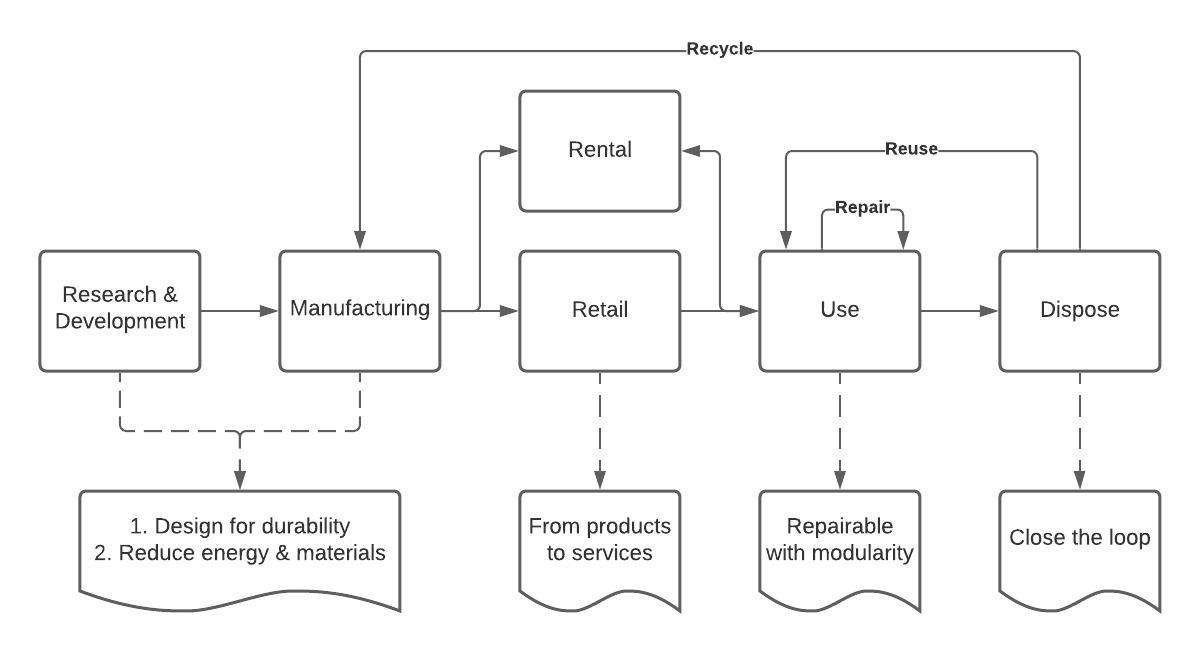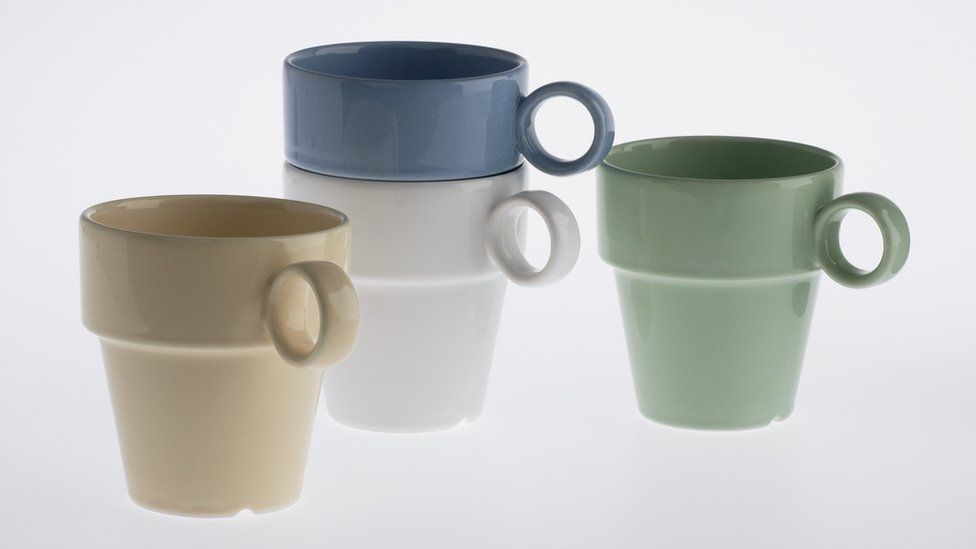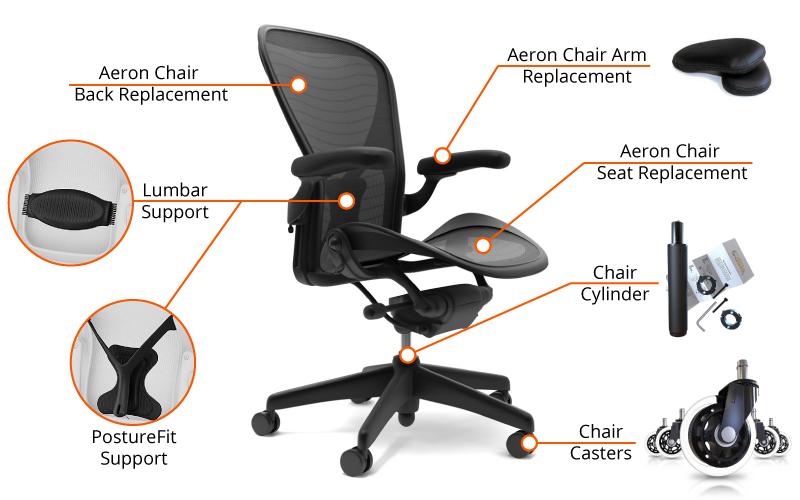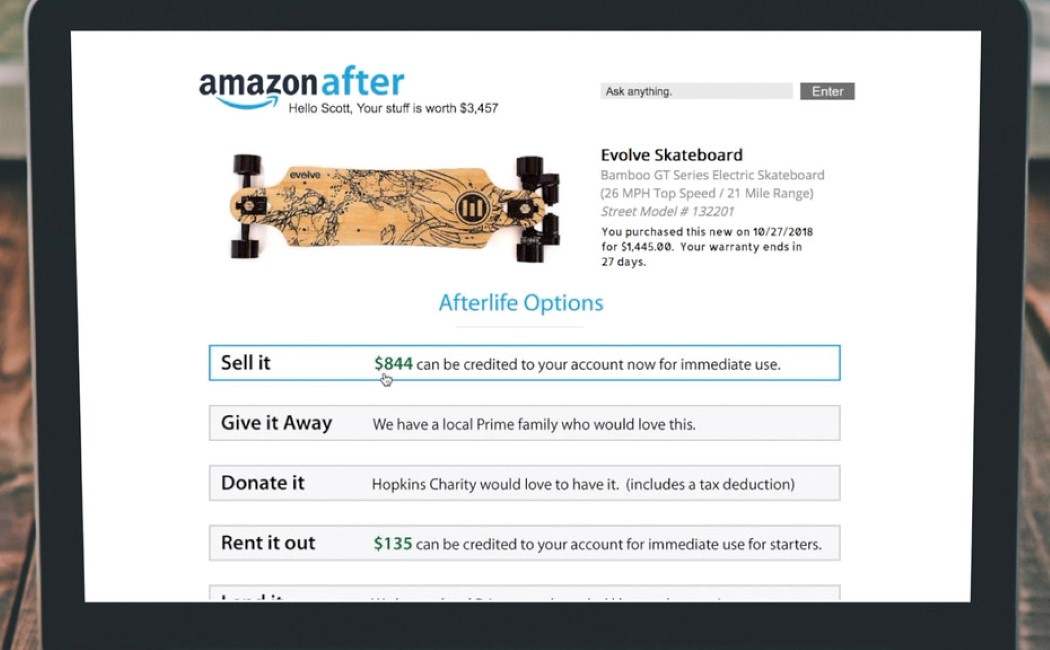Why Do We Need a New Design Strategy
Sustainability has never been more important than it is now to the world and our society. Though people often define sustainability as environmental protection, it goes much further and involves a lot more complexity. From a human perspective, designing for sustainability is about designing the system we are living with, the earth and our society, where humans are interconnected. To approach such sustainability effectively, we have to take into account widely different issues across environmental, social, and financial areas. Only if we have solutions for one domain without sacrificing (and preferably benefiting) other domains, can such solutions be feasible to put in place. Therefore, we have to look at the sustainability problems from a system perspective. As a designer who wants to achieve sustainable designs, one needs to build up understanding in various phases of the design process, the full life cycle of the product from its development, supply chain to its disposal.
There are challenges for designers to create sustainability in their designs. Often we are working under certain constraints of our customers, who may treat sustainability as a sacrifice of their profit, for example, a plastic bottle as cheap material is common for a soft drink except for a few brands who promote their products using eco packaging. Furthermore, innovations and new trends are evaluated better among many designers and consumers. Creating something new with a fast-moving process is usually more rewarding than pausing the production to simply reuse something. Last but not least, the most popular design strategies are not considering the problem set from the same level of sustainability. Human-centered design strategy cultivates empathy with end-users and defines the problem within the context of end-user needs, while participatory design strategy attempts to involve stakeholders in the process which may have limited scope of the context.
However, as we will see in this article, sustainability design is not the opposite of innovation or our economy. There can be many meanings for end-users and business opportunities turned from the sustainability challenge. All we need are different design thinking mindsets and design strategies to help put sustainable design thinking into practice. Just like Einstein once said, “we cannot solve our problems with the same thinking we used when we created them.” Design thinking and strategy from a system perspective can contribute to a designer’s understanding of sustainable issues and approaches and expand one’s spectrum of defining and solving problems.
Design Thinking from the System Perspective
In a traditional design approach, designers usually focus on the research and design before the development and the research of the end-user experiment with the product. The thinking follows the below linear model where the life cycle of a product is irreversible until the final disposal.

On the other hand, the Circular Economy Framework proposes an approach to minimize waste and maximize value by forming a loop on how goods are manufactured, distributed, used, and disposed of. The framework brings obvious benefit to both economy and environment, as the harmful emission will be reduced and resources can be saved. This framework has inspired similar design thinking and there have been resources online about it, for example, the circular design guide, forming the closed loop where resources are continuously repurposed.
Under the bigger loop closed via recycling, there are smaller loops in a product life cycle, such as reusing the product or redistributing the goods for rental services. The famous 3 R’s include Reduce, Reuse and Recycle but there can be more specific approaches (more R’s) such as redistribute, repurpose, repair, with and restore. Back to our design strategy, we need to look at these approaches at each phase of the product life cycle.

Sustainable Design Strategy
Under a system perspective, the sustainable design strategy can be broken down to each stage during the product life cycle, focusing on creating sustainable environmental capitals, social capitals, and financial capitals.
Design for Durability
While it would not be reasonable to simply stop people from buying goods that are newer and more proper, we can still avoid unnecessary discard of goods so fewer goods need to be consumed. A common reason for discarding a product is its low quality or durability. In our time of disposable fashion, many retail business models are based on the frequency and low-cost purchases, or even planned obsolescence. However, as it was said, the value of good designs will never vanish. Investing in durability in our designs can benefit the environment, the brand, and the consumer in the long run.
Physical durability is to make the physical product durable via design and manufacturing. Besides physical durability, there is another type of durability about meanings. Designs that can deliver meanings to people’s lives in addition to usability are evaluated highly in human-centered design. Although sometimes we also name it emotional durability, the emotion itself is not sustainable in our brain, while meaning can deliver a long-lasting relationship between the design and the user.
As an example, the clothing industry is notorious for its disposable fashion and has focused more on longevity in garment design these days. Specifically, it focuses on the quality of the clothes, the style, size and fit, and instructions for consumers to maintain and repair the clothes. Beyond the physical durability, it also talks about emotional links to share stories of the work with consumers. Some companies support personalization such as Nike By You, resonating at a deeper level with consumers who got themselves involved in the design.

As the social network giant, Facebook sets its mission to “give people the power to build community and bring the world closer together”. While it was sometimes accused of manipulating the algorithm to engage end-users and thus maximize profit, Facebook published an update to prioritize meaningful conversations between people by ranking such posts higher in News Feed and lowering passive videos and articles relatively. Such design creates more social significance, interactions, and sustainability, making the product more durable among end-users.
Repurpose and Reduce the Packaging
Sustainable packaging is becoming a high priority for a business and its customers. The study shows 37% of U.S. consumers prioritize sustainability when making buying decisions. To make the packaging more sustainable, one would normally consider using recyclable material, such as paper packaging instead of plastic ones. As designers, we should go beyond the material selection (though that is also important) and consider reuse which can bring more opportunities to both the environment and business. It is not new to see packaging got reused for purposes it was not designed for - a simple example would be to use glass bottles as a vase for flowers.
The design innovation can help make reuse easier by designing the repurpose instead of waiting for users to imagine the use cases. For example, the design concept of turning a paper shopping bag into a clothes hanger creates an intuitive guide for the use to repurpose the package into something else that is useful in one’s daily life.

A design that can reduce the packaging and shipping space will not only reduce material waste but also the transportation cost, especially for goods produced in a massive amount. Environment means reducing energy usage and emissions from vehicles.
A classic example is Ikea’s Fargrik mug. The mug is famous for its design efficiency and low price at 79 cents. The design seems simple but it has gone through many iterations to allow more mugs squeezed onto one pallet. When it was introduced in 1996, one pallet can hold 864 of such bugs. After iterations of redesign, 2024 of such mugs can be held on one pallet, saving the shipping cost by 60%. By shipping more products in the same space, less transportation is needed which benefits the environment.

From Selling Products to Selling Services
Product Service System is a service-oriented business model that has become more popular these years, that replaces selling products to selling services. From a business perspective, it builds a more sustainable relationship with the customer and enables cost reductions and efficiency gains. From an environmental perspective, it makes the best use of materials to who really needs the service of the product and therefore reduces the resource and energy consumption.
The strategy is very common with digital network based companies since it is very natural to provide service online instead of selling physical products. Netflix started its business by renting DVDs, which scaled really well with 3 million subscribers using this service. Think about how much more environmentally harmful and less scalable the business would be if it only sold DVDs as products. Now Netflix has turned into a purely online platform to offer online streaming services, which further reduced manufacturing costs and expanded the business scope.
Rental cars are classic examples of product service systems. Especially for individuals living in the urban area with access to public transportation alternatives, owning a car can lead to many extra costs from insurance to maintenance. A rental car, on the other hand, can be driven more often and used more efficiently. Not only does the car rental business provide value to customers, but it is also more ecologically friendly. Since a rental car can be rented by different people at different times, fewer cars are needed from the beginning or disposed of in the end.
From Selling Products to Selling Services
Modular design is to separate a product into reusable modules/components with well-defined interfaces to connect. A product designed with modularity in mind benefit the user, the environment, and stakeholders in two major ways: 1. Each part of the product can be taken out and repaired if broken so that the user will not need to throw away the entire product to buy a new one when only one part is broken. 2. Modularity can have the components of a product decoupled from each other, and thus when the product is iterated to its next version, every part needs to go through a redesign and thus can improve development efficiency and save cost and energy. Therefore modularity is especially popular in digital UI design that allows developers to iterate fast by upgrading components, such as a UI module on a web page, without touching the rest of the product.
A classic example of physical products designed with modularity in mind is the Herman Miller Aeron chair. With an iconic form providing proper ergonomics to various poses and adjustments, the chair is also designed in a way that each component can be repaired or replaced. It is truly an industrial design with sustainability in mind.

Design for Post-usage
When a product is disposed of, it would end up being recycled or landfilled. If being landfilled, it may release toxins and greenhouse gases, affecting the soil and air. Even if it can be recycled, it still requires more material and energy to collect, transport, and recycle. What is worse is that a lot of recyclable products are not recycled due to the lack of willingness of the disposer, or technical and design issues causing them hard to be recycled. One strategy is to make recyclable materials easier to be recycled, to provide clear instructions on how to dispose of the product. A lot of products are not made from the same material, and some components can be recycled while others cannot. In such cases, it would be the designer’s responsibility to not only clarify, but also make recyclable components easily detachable from the product.
Designers also try to solve the disposal problem through design at a more effective level, that is to design a solution to reduce the need for disposal. Amazon After is a design concept to provide accessible ways for Amazon customers to second-hand selling, renting, donating, recycling, or repairing their items bought on Amazon. As of 2019 Amazon sold 4000 items per minute, and all the alternatives to handle the items after use will reduce the disposal and the burden of our environment. Also, it is a great marketing strategy for Amazon since it can get a small cut from the second-hand transaction as well. If executed well, this could be a sustainable solution for both the business and customers.
